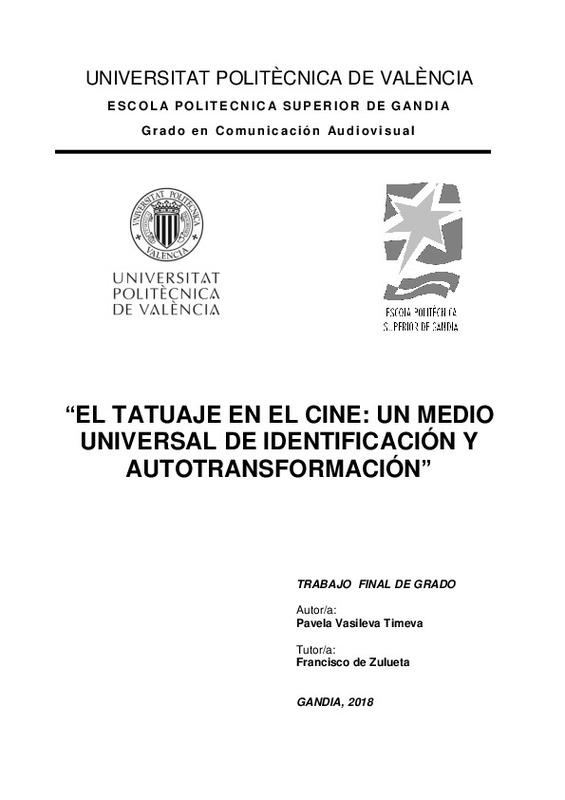|
Resumen:
|
La transformación corporal mediante la práctica del tatuaje ha sido uno de los medios de comunicación más eficiente desde los inicios de la historia del hombre. Fuente visual de información, ha ido variando sus tecnologías, ...[+]
La transformación corporal mediante la práctica del tatuaje ha sido uno de los medios de comunicación más eficiente desde los inicios de la historia del hombre. Fuente visual de información, ha ido variando sus tecnologías, técnicas y funciones a lo largo de las diferentes épocas, siendo víctima de oleadas de prejuicios generalmente negativos a los ojos de nuestra cultura occidental. A pesar de ello, observamos cómo se mantiene su carácter expresivo, convirtiéndolo en un signo comunicativo perenne sobre la superficie de la piel, con diferentes representaciones sociales. Los mensajes emitidos se tratan de descifrar en función de las condiciones de producción, siendo ese contexto geográfico, social y económico determinante para el éxito y la veracidad de dicha interpretación.
Hasta la actualidad, diversos estudios han abarcado la materia del tatuaje, acercándose sobre todo desde la perspectiva antropológica, social, semiótica, psicológica o incluso criminalística. Este trabajo analítico-descriptivo tratará de teorizar el uso tatuaje desde un enfoque diferente: la cinematografía. Tras el análisis minucioso de una serie de largometrajes, busca averiguar si el séptimo arte, en sus producciones, actualiza los significados atribuidos al tatuaje al ritmo de los cambios sociales reales que se producen en relación con su aceptación o estigmatización, cuál es su propósito y cómo es percibido por el público.
[-]
Body transformation through the practice of tattoing has been one of the most efficient ways of communication since the beginning of man¿s history. As a visual source of information, has been changing its technologies, ...[+]
Body transformation through the practice of tattoing has been one of the most efficient ways of communication since the beginning of man¿s history. As a visual source of information, has been changing its technologies, techniques and functions throughout the different periods, being a victim of waves of mainly negative prejudices in the eyes of western culture. In spite of this, we notice how its expressive character is kept, turning it into an everlasting communicative sign on the surface of the skin, with different social representations. The issued messages try to be deciphered according to the conditions of development, being this geographical, social and economic context decisive for the success and the veracity of this interpretation.
So far, diverse studies have covered the subject of tattoing, approaching mainly from the anthropological, social, semiotic, psychological or even criminalistic perspective. This analytical-descriptive work will try to theorize the use of tattoo from a different approach: cinematography. After the detailed analysis of some full-lenght films, it seeks to find out if the seventh art, in its productions, updates the meanings attributed to the tattoo to the rhythm of the real social changes that take place in relation with its acceptance or estigmatation, what is its purpose and how it is perceived by the public.
[-]
|





![PDF file [Pdf]](/themes/UPV/images/pdf.png)


